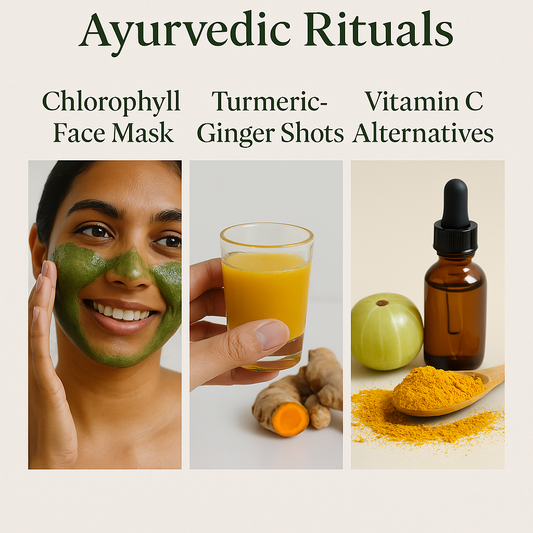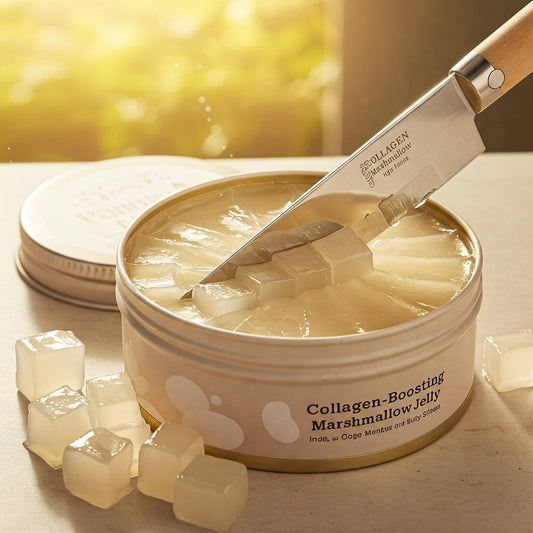Starting a retinol skincare regimen can be beneficial for addressing various skin concerns, including fine lines, wrinkles, acne, and overall skin texture. However, it's essential to use retinol products correctly to minimize potential side effects like dryness, irritation, and sensitivity. Here are some best practices for starting a retinol routine:
1.Choose the Right Product and Percentage: Protect Your Sensitive Spots
When selecting a retinol product, it's crucial to consider your skin type and sensitivity. Opt for a retinol formulation and percentage that suits your needs. If you're new to retinol, start with a lower concentration (around 0.25% to 0.5%) to minimize the risk of irritation. If you have sensitive skin, look for products that are specifically designed for sensitive skin types or consider a milder form of retinoid, like retinyl palmitate. Be cautious when applying retinol around sensitive areas like the corners of your eyes and lips, as these areas are more prone to irritation. It's a good practice to use a moisturizer or a barrier cream on these spots to provide extra protection.
2. Sandwich Method – Create a Barrier and Buffer
The sandwich method is a technique used to minimize irritation when applying retinol. It involves layering your retinol product between layers of moisturizer. Here's how it works: after cleansing your face, apply a thin layer of moisturizer, then your retinol product, and finally another layer of moisturizer. This "sandwich" creates a barrier between your skin and the retinol, helping to reduce potential dryness and sensitivity. It's particularly useful for those with sensitive or dry skin who want to enjoy the benefits of retinol with minimal irritation.
3. Apply on Neck and Chest
Don't limit your retinol application to just your face. The skin on your neck and chest is often exposed to the same environmental factors as your face and can also show signs of aging. Gently extend your retinol application to your neck and chest area to promote a more uniform and youthful complexion. Be sure to follow the same principles of choosing the right product and percentage for these areas and apply sunscreen as well, as they are also susceptible to sun damage.
4. Retinol Increases Cell Turnover, So Make Sure to Apply SPF
Retinol is known for accelerating cell turnover, which helps to reveal fresher, younger-looking skin. However, this process can make your skin more vulnerable to UV damage. To protect your skin and maximize the benefits of retinol, it's essential to apply sunscreen with at least SPF 30 every morning, even on cloudy days. Sunscreen acts as a shield against harmful UV rays and prevents any potential sun-related side effects that can occur when using retinol, such as increased sun sensitivity or sunburn.
By following these tips, you can incorporate retinol into your skincare routine more effectively while minimizing potential side effects and maximizing its benefits for your skin's health and appearance.



